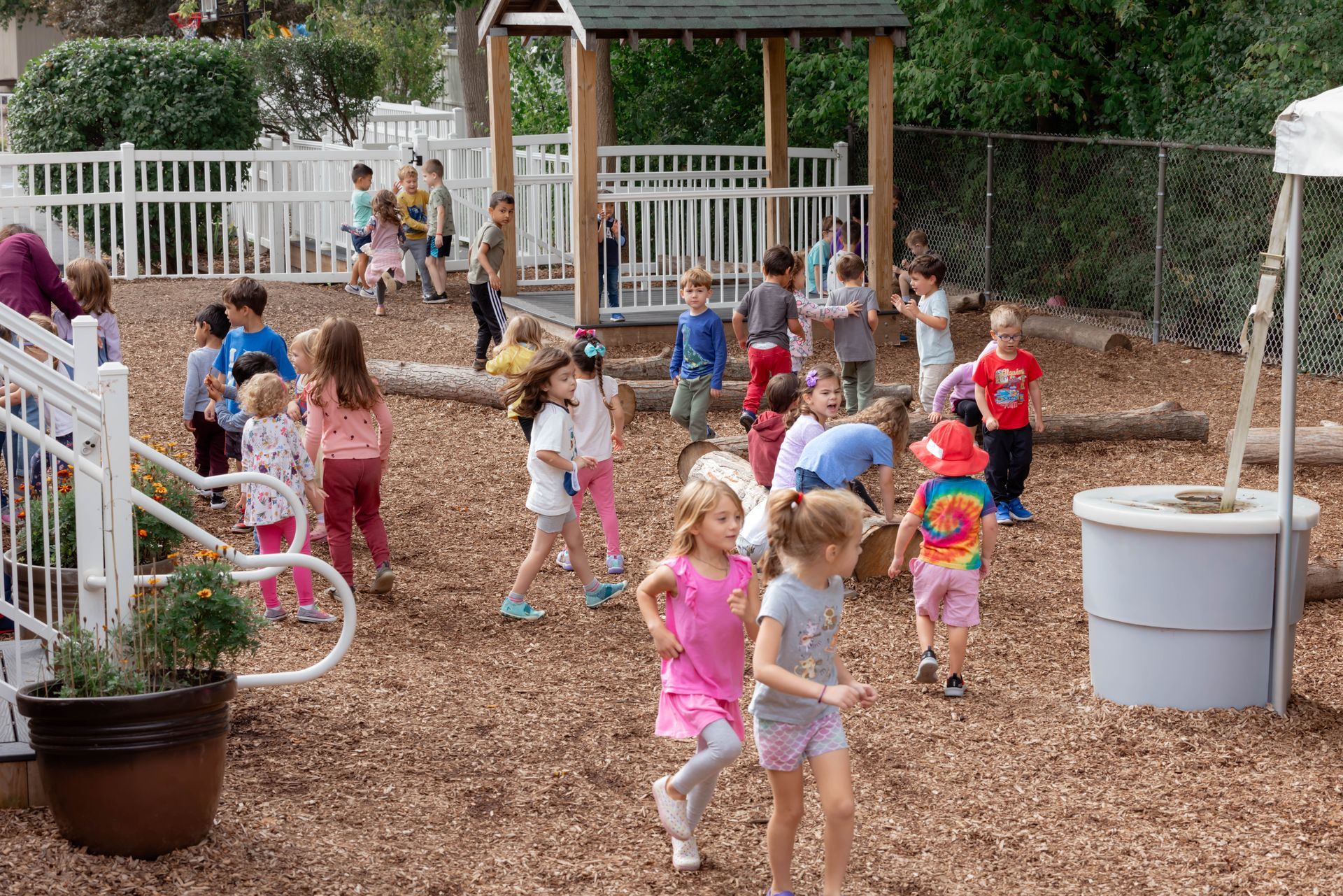Many of us have discovered that children can teach us a lot. Children that have had the opportunity to learn, practice and master new skills are eager to apply those discoveries in their everyday lives. So, we might be very curious to know how we can help our children make their discoveries every day. Here is the answer: fostering their independence. It sounds like a simple, isolated word, but many times it is difficult for us to give that word a real, true meaning for our children. We are not able to recognize whether we are helping our children to be independent or if we are not giving them enough space for them to try to solve situations. In this month´s article, we will share what independence means from a Montessori perspective, as well as how to foster it daily and to protect it.
When we are taking care of a plant, we first need to understand its specific needs. The kind of soil it needs, the amount of water, and sun exposure. If we overwater the plant or underwater it, then the plant will not be able to grow correctly and achieve its full potential. It is the same with our children; if we help them more than they need, then we will inhibit their self-motivation and problem-solving skills, but if we do not help them enough, then they might get frustrated and have a negative view of the experience.
Independence can be observed in children even when they are babies. Think about an infant that is laying on the bed and wants to grasp a rattle; he moves his arms and fingers while looking at the rattle; if the adult gets the rattle and puts it in his hand then the infant has no more motivation to reach it. The work has been done for him. If the adult waits and observes the infant’s moving arms and fingers, he will probably witness the baby grasping the rattle after working and controlling his movements. There is a fine line between offering the help they need and doing everything for our children. If this baby is five feet away from the rattle, then the adult might help by putting the rattle closer to him, knowing that the infant will be able to reach it after some work.
As children grow up, there are many instances where adults feel the need to do things for them. We see them as smaller than us, and without thinking, we tend to over-help them in an effort to avoid our children having a hard time achieving something, but the truth is that most of the time, we are underestimating their potential. Think about a toddler that started walking a couple of months ago. What does he want to do? Walk and run. What do we do? Put him in a stroller or carry him in our arms. If we go to a shopping center, a park, or just for a walk around the neighborhood, we tend to think the toddler will get tired, and yes, he will get tired if we believe he must walk at our pace. However, if we let that toddler walk at his own pace, he will be able to walk for miles. He will make many stops to appreciate all of the details on the path; flowers, rocks, twigs, and anything he finds on the way. He stops to discover the environment, and at the same time, he rests.
The independence of movement opens a whole new world for the child, so far, he has observed the environment through his eyes, but now he is ready to touch and manipulate it because he can move without any help. It is just a matter of the adult embracing the new independence this child has and wants to practice.
This attitude of respect we must have for the independence of the child can be translated not only for their movement, but also for decision making. We tend to decide for our children. What will the child eat, wear or do? The ability to make confident choices can be practiced early in life. Try offering your child two options so he can choose between one of them. This is an excellent opportunity for them to understand that they are independent and that they are capable of making decisions; however, you can control the choices you give him.
The next time you see your child struggling to carry a toy, zip his jacket, climb to the sofa, or close a container, take a step back and observe. Give yourself time to decide and analyze if your child will be able to do it by himself if you let him work it out and do not interrupt him. Watch the movement of his hands and eyes; if there is concentration going on, he does not need your help. Remember, the hands are an instrument of intelligence and we must protect concentration.
Fostering independence does not mean you will leave your child unattended and that you will never help him. It means you are there, ready to act when needed, but also ready only to observe when needed. If you observe that your child is getting to the point of frustration, then it is your turn to step in and ask him if he needs help. It does not mean you immediately step in and do it for him quickly so he does not cry. You step in calmly and respectfully and explain what you observed and why you are stepping in; this lets your child know that you respect his work. “I notice you are trying to button your sweater; do you need any help? I can show you how to do it.” Use this opportunity to teach him how to solve this situation in the future. Slowly button one part of the sweater and ask him if he would like to button up the rest. If he says no, then go ahead and do it yourself, but always ask him first.
To foster independence, we need to be respectful to the child’s desires; we need to hear them and take cues from them. Many times, he will let you know he needs your help just by looking at you. An independent child is a self- confident human because he knows he can rely on his ability to do it without any help.
Quote of the Month
“We must clearly understand that when we give the child freedom and independence, we are giving freedom to a worker already braced for action, who cannot live without working and being active.”
-Maria Montessori. The Absorbent Mind, Chapter 8, p. 91
Item of the Month
Small Crystal Jug
This small pitcher is perfect for the size of your child’s hands. When he wants more milk, juice, or water, have it prepared for him with enough liquid for one cup and let him pour it into his open cup. Remember to always show him how to do it first. Use both hands to hold the jug and slow movements so he can absorb the whole picture before practicing.
Link to buy it at Montessori Services: https://www.montessoriservices.com/glass-pitcher-with-lid
Have a little extra time?
“7 Myths That Discourage Independent Play” by Janet Lansbury
Enjoy this article that mentions the seven situations that we might experience with a child that makes us think they need help to play and that they are not capable of being alone.
Link to article:https://www.janetlansbury.com/2012/11/7-myths-that-discourage-independent-play/



